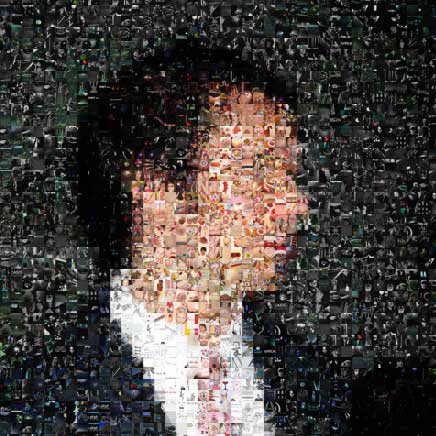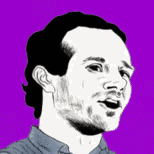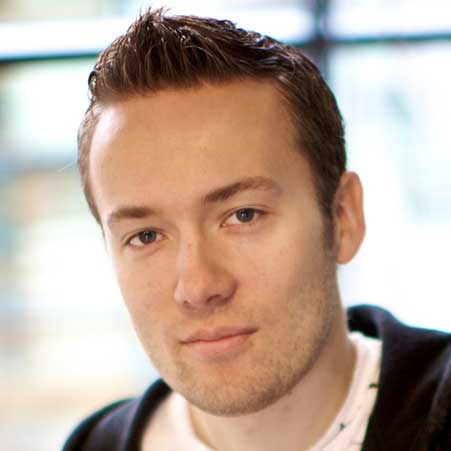VC isn’t the only way. Ronnie Angerer writes in with a great example of a site that asked its community for small donations instead of seeking an investor:
My wife is a part of the online knitting and crochet community, Ravelry. She mentioned this weekend that they had asked their members for donations to support infrastructure growth and enhancements to the community. In the blog post about the “Ravelraiser” they write:
“In 3 weeks, 3,457 Ravelers gave donated a total of $71,000 to Ravelry. Not only did we receive an amazing financial boost, we also received a flood of love. About 800 people wrote up really wonderful and amazing notes in the 10 Lousy Bucks group’s “Why I gave” thread.
I really liked that they approached their happy user community for donations (and got them) rather than looking for VC or other funding. Thought you might be interested.
Thanks for sharing Ronnie. According to the post, Ravelry is using the money to pay off all their startup debt, buy an additional server, buy carbon offsets “so that we’re even (actually, a little ahead) with the Earth as well as our bank,” and throw more knitting/crochet/and fiber events.
Good news for the site and good news for its audience too. (There are lots of “this community is sooo worth every penny”-type comments at the post.) When you’re providing a service that people are that enthusiastic for, it’s ok to ask for something in return. That’s what makes something sustainable.
Plus, let’s remember that $70k can go a long way. You don’t need to ask for hundreds of thousands (or more) if you don’t actually need it. Especially if that means giving up equity in your company.
Related: Pyra asked customers for $5-10 donations back in 2001: “Within a few hours, 191 users had donated $3,200 to a special PayPal account.”














